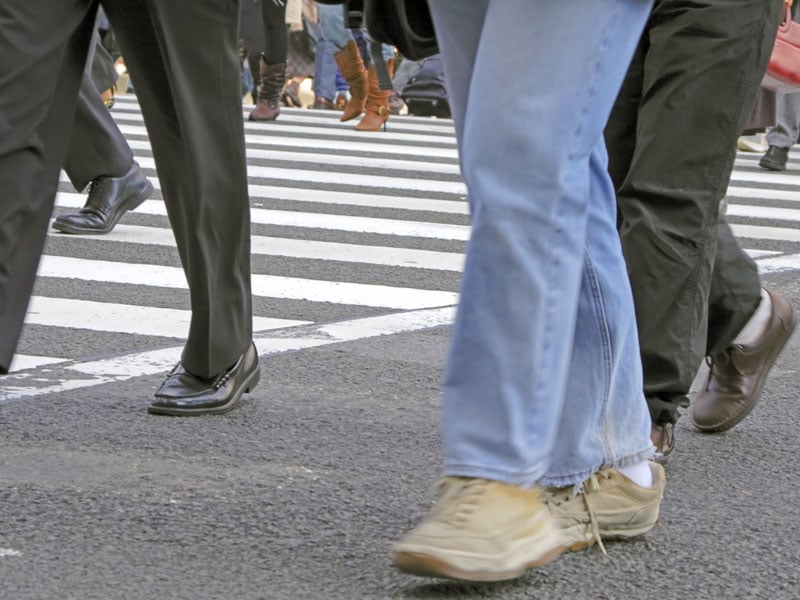Many cleaning contractors and facility managers are unaware of the fact that there are lots of numbers associated with building entry mats. For instance, here’s one: 500.
It costs $500 to remove one pound of soil tracked into a building. With a high-performance matting system installed, which is typically purchased from a supplier and not rented, we can cut this number down by 70 percent to as much as 80 percent, reducing that figure to about $100.
However, this does not tell the whole story so let’s look at some more numbers.

If 1,000 people enter your facility every day for 20 days, they can bring in as much as 24 pounds of soil. That's $12,000 in cleaning costs. With a high-performance matting system installed, blocking as much as 80 percent of this soil, cleaning costs are reduced to just $2,400.
Here are some more numbers contractors and managers should be aware of:
Thirty-One: According to the American College of Sports Medicine, the average step length of an adult is 31 inches or about 2.6 feet. If a 10-foot matting system is installed, walkers’ shoes will only step on the mat about four times. This is not enough to remove 70 percent to 80 percent of the soil and moisture on shoe bottoms.
Fifteen: It is recommended that a minimum of 15 feet of high-performance matting be installed at all building entries. This is often referred to as the "Rule of 15." According to the Carpet and Rug Institute, 15 feet of matting allows the average walker to step on the mat 5 to six times. This length will more effectively remove as much as 80 percent of the soil and moisture on shoe bottoms.
Three and Five: The 15-foot stretch of matting is typically broken into these three matting systems, each five feet long:
• Scraper: Scraper mats are placed outside a facility (or directly inside) and are intended to aggressively scrape soil and debris from shoe bottoms.
• Wiper/Scraper: Wiper/scraper mats wipe and dry shoe bottoms and follow the scraper mat.
• Wiper: Wiper mats are placed inside the doors of a facility to absorb any remaining moisture and soil on a walker’s shoe.
All three types of mats should be at least five feet long.
Thirty: While 15 feet of high-performance matting is recommended, thirty feet of matting should be able to remove as much as 100 percent of all the soil and moisture on shoe bottoms.
Two: During mild weather, entry mats should be vacuumed at least two times per day, once early in the day and again in mid-afternoon. During inclement weather, they should be vacuumed several times per day. If damp, a wet/dry vacuum cleaner may be necessary. Further, if they become excessively soiled, they should be replaced with fresh mats.
We should note that all of these numbers apply to purchased, high-performance mats and not rented mats. "Facilities that opt to rent mats may experience maintenance challenges," says Steve Spencer, formerly the head of facilities maintenance for State Farm Insurance. "[Rental mats] are often lower quality because they must be thin enough to be rolled and laundered."
For more information on ways to keep your facility clean and healthy, contact Crown Matting Technologies at 800-628-5463 or send us an email.
Comments